Dishwasher Drying Types
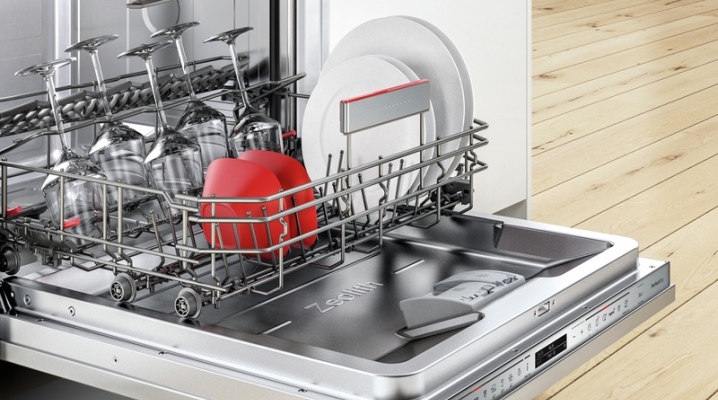
The dishwasher, despite its growing popularity, is still considered more of a luxury than a necessity. However, it is she who can take on the laborious function of daily dishwashing. And it does it very efficiently and efficiently. Modern dishwashers handle all kinds of dirt. Such a unit not only washes and cleans the utensils - after washing the dishes, the unit must dry it... If you decide to purchase a dishwasher, this article will help you with your choice. Therefore, if you want your dishes to be dry, pay your attention to the type of built-in drying. It is about the types of drying in dishwashers that will be discussed.

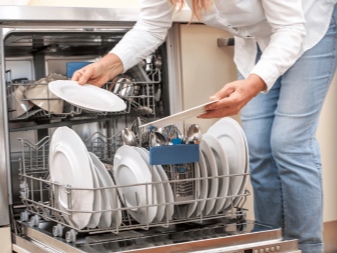
What it is?
The appearance of the first dishwasher is associated with the name of Josephine Cochrane. In 1886 she received a patent for her invention. One of the first dishwashers was made with a manual drive. Modern models have different functions, beautiful designs and different classes of energy consumption.
Dishwashers have a number of characteristics. And one of the defining parameters that people pay attention to when choosing is the type of drying. The choice of this function is based on your preference.
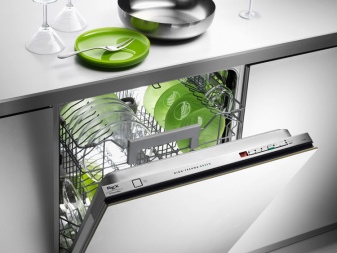

Drying is the final stage in the processing of dishes and cutlery. This makes the utensils completely clean and dry.
It must be emphasized that drying is a very useful part of the dishwasher, which greatly speeds up the whole process. Currently, several types of such dryers are used, which we will talk about in more detail.
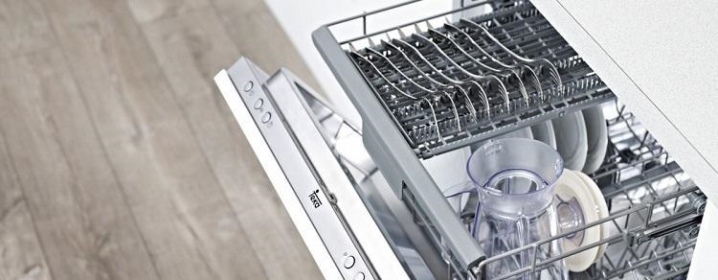
Species overview
Here we will discuss the types of dishwasher drying: what modes are there, how the various drying methods occur and work. As already mentioned, the first dishwasher was built a long time ago. Since that time, modern units have changed significantly, they have become more functional, high-quality and economical.
So, dishwashers with turbo-drying have two heating elements. One of them heats the water, the other heats the air.
This drying process can be compared to the operation of a hair dryer. In contrast to condensation drying, dishes dry much faster.
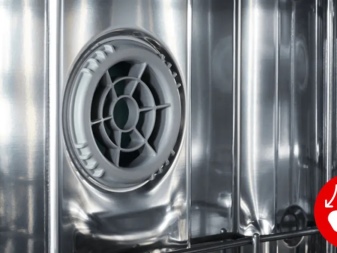
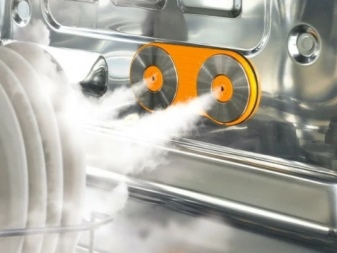
The disadvantages of turbo drying are the following: the complexity of the internal device reduces the reliability of such a model, the likelihood of frequent breakdowns due to the presence of additional parts is higher, as well as the cost of the unit and the cost of electricity during the washing process.
It should be noted that, in addition to turbo drying, there are more than five options for the implementation of the process of drying dishes. it convection, condensation, static, zeolite, active or intense and a number of others, for example, extra-drying and hot air drying.
Thanks to the invention of the heat exchanger in sinks, dishwashing has become more efficient. The heat exchanger is a special element that is included in the dishwasher to increase its energy efficiency. Due to its presence in the unit, savings of tens of kilowatts per month are achieved. This part is a wide and flat container adjacent to the wash unit.
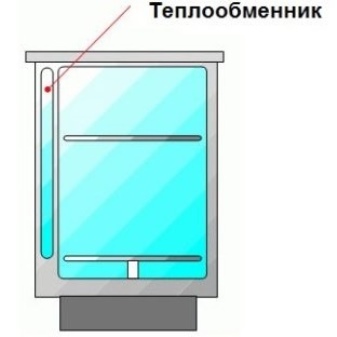
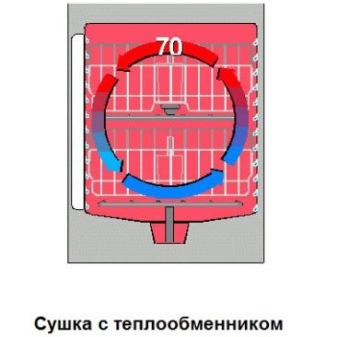
Thanks to the heat exchanger, the water cools slowly. Therefore, there are no temperature fluctuations in the dishwasher that could adversely affect the dishes.And also warm water is sent to the sewer, and not hot, which is safer for the operation of pipes. In addition, drops and stains do not remain on the dishes, and the drying process is much faster and better.
It should be noted that the water used in the heat exchanger is then used to rinse the dishes. And also such dishwashers have a fairly low noise level. The main advantage of dishwashers is that the entire dishwashing process falls on them, which saves you time, which is now a very significant factor.
On average, the process of washing dishes can take from 2 to 4 hours. Moreover, this figure mainly depends on the type of drying used in a particular model.
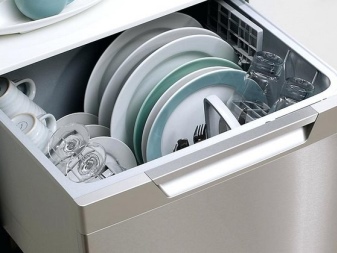

Condensing
This type of drying in the dishwasher is the most common method if you use a model from the budget category.... In this case, the dishes will dry naturally. Of the minuses - this is the longest drying process. And from the advantages - noiselessness and no energy costs.
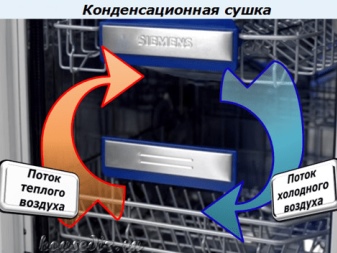
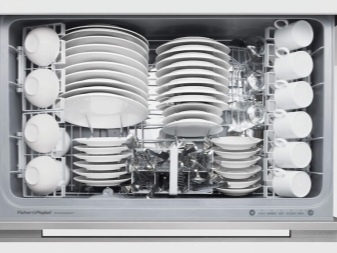
Static
The static method of drying dishes is quite long. It also occurs due to the natural drying of the dishes, but due to the residual heat. This is the main difference and the principle of such drying.
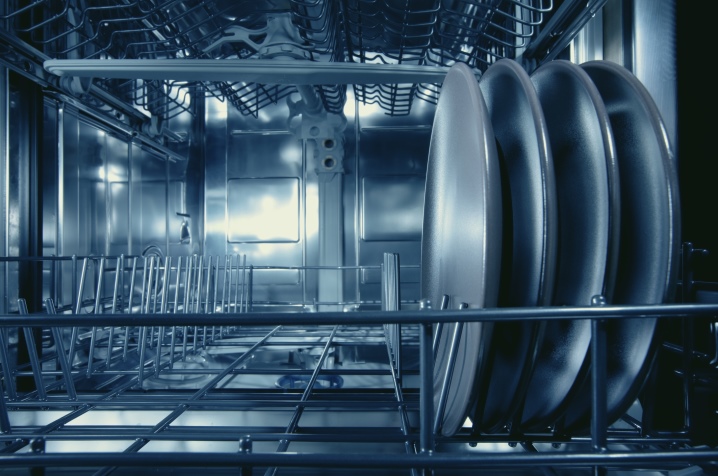
Zeolite
This is a modern technology that uses a special thermal substance - zeolite. The unit contains a container with a mineral - moisture is collected there during evaporation. Due to a chemical reaction, the stone generates heat, which evaporates moisture. This method is used in more expensive models of household appliances.
It should be said that zeolite is very wear-resistant, its characteristics do not change during operation. The main disadvantage of such dishwashers is their rather high cost.
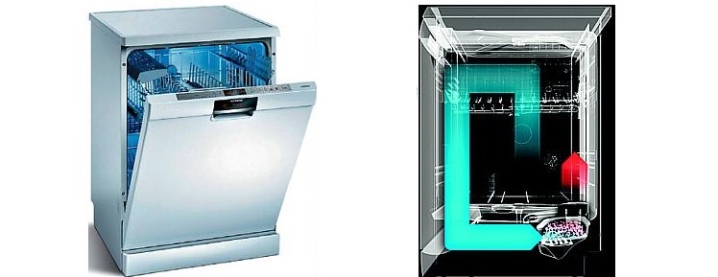
Active
It must be emphasized that its other name is intense... it mixing two other types of drying. This uses a heat exchanger. Air movement occurs due to the pressure difference, which is due to the temperature difference. Compared to turbo drying, this option is more budgetary.
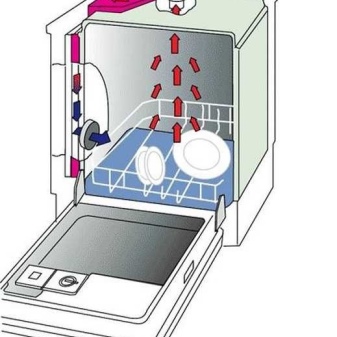
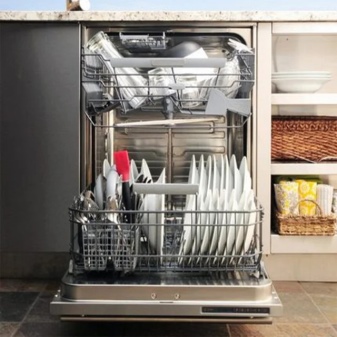
Intellectual
For this type of drying, a special touch sensor that controls drying parameters based on conditions... This feature is rarely used and appeared relatively recently. In such dishwashers, in fact, a combined drying system is used. At any given moment, the machine will choose the one that is most efficient.
However, the cost of such units is quite high.
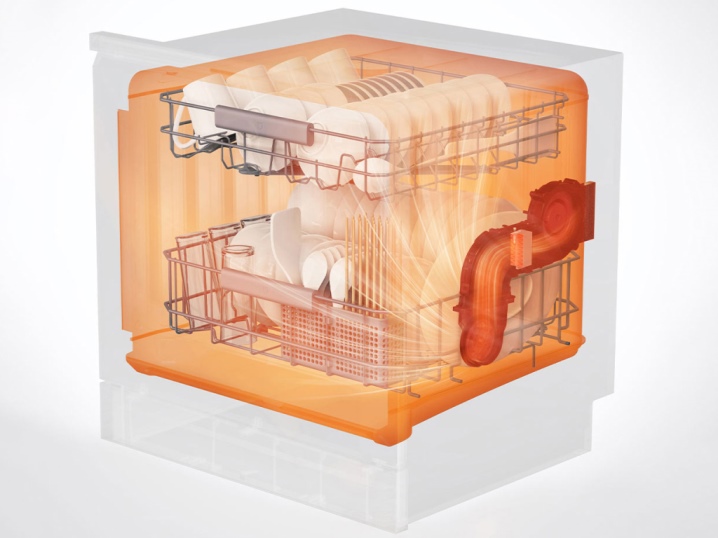
Classes
Currently, there are several classes of drying, denoted by letters of the Latin alphabet. A to G. For example, class A is a drying process in which the dishes dry out as much as possible. For other classes, the presence of residual moisture is allowed to varying degrees, depending on the class.
When choosing a dishwasher, you need to pay attention to its class, which characterizes quality and efficiency. The class marking is indicated primarily in the operating manual and in the model passport.
Drying quality depends on the ID index. Its values can vary from 0 to 2, where 2 is the maximum indicator of the drying quality. Each drying class has its own ID index. It is calculated by estimating the number of drips and wet zones with an area of not more than 50 cm2.
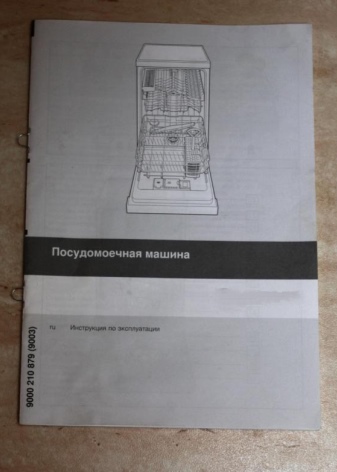

Which type should you choose?
There are a number of basic types of dryers used. Each of them has its own set of characteristics that you need to pay attention to when choosing a dishwasher. And also you need to immediately decide on the dimensions of your dishwashing unit, because its internal structure depends on them. It should be noted that among all the possible options for drying in dishwashers, three types mainly compete with each other. Namely: intensive drying, turbo drying and condensation drying. Here the choice depends on your preferences and capabilities.
If you need a budget model, then you should have a condensation dryer. And if speed and time are more important to you - the choice is for turbo drying.... When choosing a dishwasher, it is very important to pay attention to its class. In the event of any breakdown of your dishwasher, you should contact a specialized service for the repair and maintenance of such units.
In conclusion, it must be emphasized that currently the dishwasher is this is the element of your apartment that can make your life much easier and save your time.
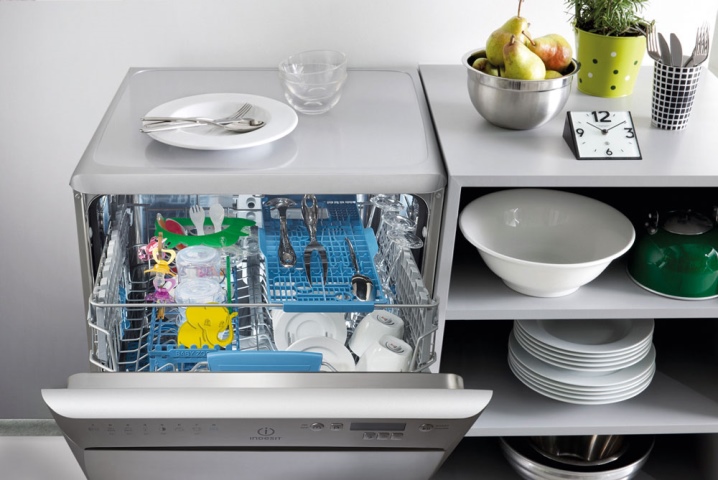













The comment was sent successfully.